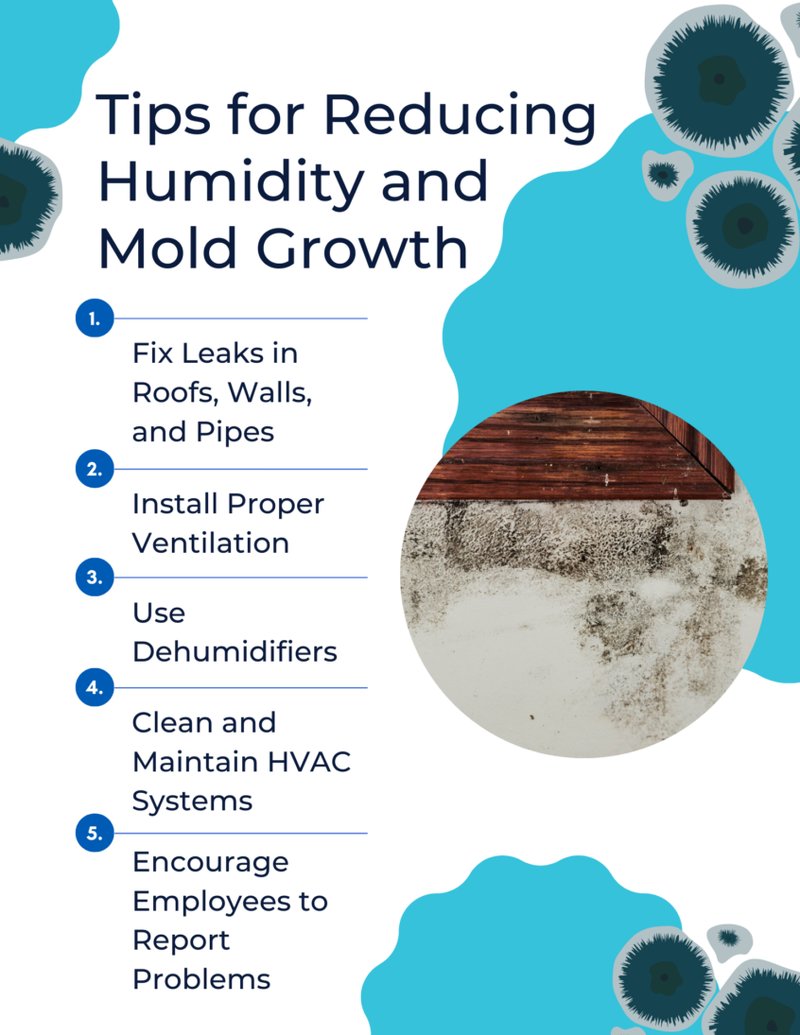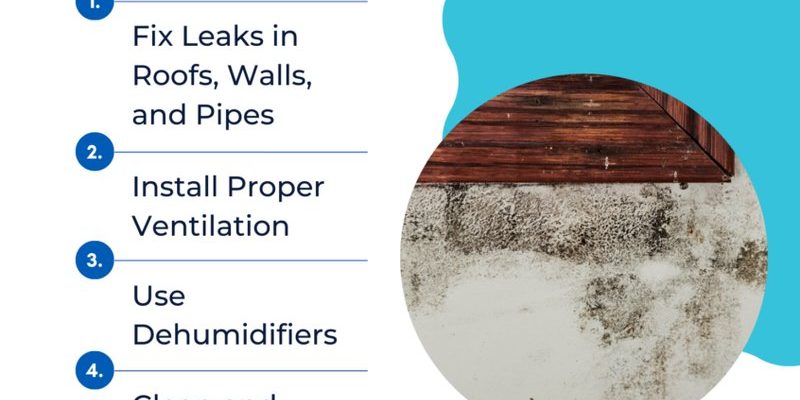
Here’s the thing: most people think about mold in terms of flooded basements or leaky attics, but there’s a hidden world right under your feet—literally. The threshold is where the interior meets the outside, and it’s a prime spot for water, humidity, and—in the worst case—mold. Even if you’re diligent about keeping floors dry and doors closed, thresholds can be tricky. Moisture slips through microscopic cracks, soaking into wood or seeping beneath metal, quietly feeding hungry spores. It happens to everyone, whether you have a fancy Schlage entry system or a reliable old wooden door.
By understanding how mold gets a foothold under your thresholds, you can tackle the problem with confidence. Let’s break down what causes it, why it matters, and how to keep your home dry and healthy from the ground up.
Why Mold Loves Door Thresholds (and Why You Should Care)
First off, let’s talk about why thresholds are such a hotspot for mold growth. Unlike wide-open walls or floors, thresholds deal with a lot of action and moisture. Every time you come or go, tiny amounts of water or dirt can get trapped where the threshold meets the doorframe or the floor. This is even more common if you have pets, kids, or an entryway that faces the elements.
Here’s what’s going on: thresholds are often made from porous materials like wood, or they have small gaps around screws and seals. Water loves to find these hidden spaces, especially during heavy rain or snowmelt. And because the area under a threshold doesn’t get much air, any trapped moisture lingers. That creates the perfect environment for mold spores—which are always floating around, waiting for a damp surface.
Mold is more than just a cosmetic nuisance. If it’s left alone, it can cause wood rot, weaken your door structure, and even affect the air quality inside your home. Plus, once it starts, it doesn’t just stay put. Mold can spread to adjacent areas, hitchhiking on humidity or dust. So, *preventing mold under thresholds* is about more than appearances; it’s about protecting your home’s structure and your health.
Spotting Signs of Mold Under Your Threshold
Honestly, the hardest part is that you can’t see what’s happening under your threshold until there’s a problem. But there are a few telltale signs to watch for, even if you’re not a home improvement expert.
- Musty Odor: If you notice a damp, musty smell by the door—especially after it rains—that’s a classic warning sign.
- Discoloration: Dark or chalky stains along the edge of the threshold or on the surrounding floor can mean mold is brewing underneath.
- Soft or Warped Wood: If the threshold feels spongy or looks warped, moisture may have gotten in and mold could follow.
- Increased Allergies: Mold spores can affect indoor air quality, so sudden allergy symptoms may be a red flag.
Sometimes, you might spot visible mold if you peek under a damaged threshold or remove a section for repairs. But even without obvious signs, if your threshold area stays damp or has poor airflow, it’s smart to assume you could have an issue and act early.
How Moisture Gets Under Thresholds (and How to Block It)
Let me explain: water is sneaky. Even well-installed thresholds can let in little drips if the seals are old or if the installation wasn’t perfect. Here’s how moisture usually finds its way under your door threshold:
- Cracks and Gaps: Over time, weather and regular use can cause tiny splits between the threshold and the subfloor or doorframe. Water finds these cracks easily.
- Poor Caulking or Seals: If the caulking breaks down or if the door sweep gets damaged, that’s an open invitation for water to seep in.
- Sloped Entryways: If your doorstep slopes toward the house instead of away, rainwater runs straight at the threshold.
- Condensation: In humid climates, condensation can build up on chilly thresholds and drip down into hidden spaces.
Blocking moisture is about closing every path it might use. Think of it like troubleshooting a leaky remote control—sometimes it’s the battery door, sometimes the rubber buttons, but anywhere water can creep in, you’re at risk. Regularly check your seals, re-apply caulk as it ages, and make sure any entry steps or porches drain away from the house.
Step-by-Step: Preventing Mold Growth Under Door Thresholds
Keeping mold at bay takes a mix of simple habits and a little know-how. Here’s a slow and steady plan anyone can follow:
- Inspect Regularly: Every season, check your thresholds for cracks, soft spots, or missing caulk. Take a screwdriver and gently press along the edge. If it sinks in, something’s off.
- Clean and Dry: Sweep away dirt and leaves that collect by your door. Wipe down the threshold after rain or snow. Even a small amount of wetness left overnight can cause trouble.
- Seal Properly: Re-caulk seams where the threshold meets the frame and floor. Use exterior-grade, mold-resistant caulk. Don’t cut corners here; cheap caulk breaks down too fast.
- Upgrade Weatherstripping: Replace worn-out door sweeps and weatherstripping. A sturdy seal keeps water, dust, and even bugs outside where they belong.
- Consider a Threshold Ramp: For doors exposed to lots of water, a sloped threshold ramp or water diverter can help redirect runoff away from your entry.
It’s sort of like syncing a universal remote—you have to check all the possible connection points, make small adjustments, and test your work. A little extra attention now can save you from a big, musty headache later.
Choosing the Right Materials for Mold Prevention
You might be wondering if all thresholds are equally mold-prone. The answer is: not really. The material you use plays a big role in how likely you are to deal with mold down the line.
- Wood Thresholds: These look great but are highly susceptible to absorbing water and growing mold. If you love the look, make sure it’s sealed on every side.
- Metal Thresholds: Aluminum or stainless steel versions don’t absorb water, making them a smarter choice for wet or humid climates. They still need solid seals where metal meets wood or concrete, though.
- Composite or Vinyl: These modern materials combine durability with water resistance and can often be the best long-term defense against mold.
No material is totally immune, but think of it like picking the right battery for your remote. Some just last longer and work better with the rest of your setup. If you’re planning an upgrade, talk to a local hardware store or contractor about what’s right for your home and climate.
How to Remove Mold If It’s Already There
So, you did everything right but still spotted a patch of mold under your threshold? Don’t panic—it happens, even to the best of us. Here’s how to tackle it safely and thoroughly:
- Suit Up: Wear gloves, a mask, and old clothes you can wash right away. Mold spores are tiny and can irritate your lungs and skin.
- Remove the Threshold (if possible): If the threshold lifts out or unscrews easily, set it aside. This lets you get at any hidden mold underneath.
- Clean the Area: Scrub with a mixture of detergent and warm water first. For stubborn spots, use a solution of one cup bleach to one gallon of water. Let it sit for 10–15 minutes, then rinse well and dry.
- Dry Thoroughly: Set up a fan or leave the door open until everything is bone dry before you reinstall the threshold or lay down new caulk.
If the mold is widespread or keeps coming back, it’s time to call a professional. It’s a bit like troubleshooting a remote that keeps losing sync—sometimes there’s a deeper issue you can’t see without the right tools.
The faster you act when you spot mold, the easier it’ll be to stop it from spreading. Don’t wait and hope it goes away. Mold won’t just disappear on its own.
Comparing Prevention vs. Costly Repairs
Let’s be honest: preventing mold under your threshold is way easier (and cheaper) than fixing the damage afterward. If mold has time to rot the subfloor or framing, you could be looking at major repairs—pulling out floors, replacing doors, maybe even hiring a contractor for structural work.
- Prevention Costs: Tube of high-quality caulk, a new sweep, and maybe an hour or two of your time—probably under $50 total.
- Repair Costs: Once mold gets deep, you might spend hundreds or even thousands on new materials, labor, and remediation.
Think of it like battery maintenance in a high-use remote—replacing a battery is simple and cheap, but letting a corroded battery ruin the contacts can mean buying a whole new remote. A little effort up front saves a ton of hassle down the road.
What to Do If Your Climate Is Extra Challenging
If you live somewhere extra rainy, humid, or snowy, your thresholds are on the front lines. Here’s how to stay ahead:
- Install Drip Edges or Rain Guards: These small additions can direct water away from your door and threshold.
- Use Dehumidifiers: Place a dehumidifier near entryways that tend to stay damp, especially during wet seasons.
- Upgrade Exterior Drainage: Make sure gutters, downspouts, and landscape grading steer water away from your doors.
- Check Often: In tough climates, routine inspections matter even more. Schedule quick checks every month instead of once a season.
It’s all about stacking tiny advantages in your favor. Just like troubleshooting a remote with tricky sync issues, using every tool and trick at your disposal keeps things running smoothly.
Closing Thoughts
Preventing mold growth under thresholds isn’t complicated, but it does take a little awareness and a few smart habits. Pay attention to the small warning signs, keep things clean and dry, and don’t ignore maintenance—no matter how minor it seems. Honestly, a few minutes with a caulk gun, a broom, or a new weatherstrip can save you hours of headaches and hundreds of dollars down the line.
Think of your threshold as the handshake between your home and the outside world. Keep that handshake strong, and you’ll keep mold at bay—leaving your entryway safe, dry, and smelling as fresh as it should.
